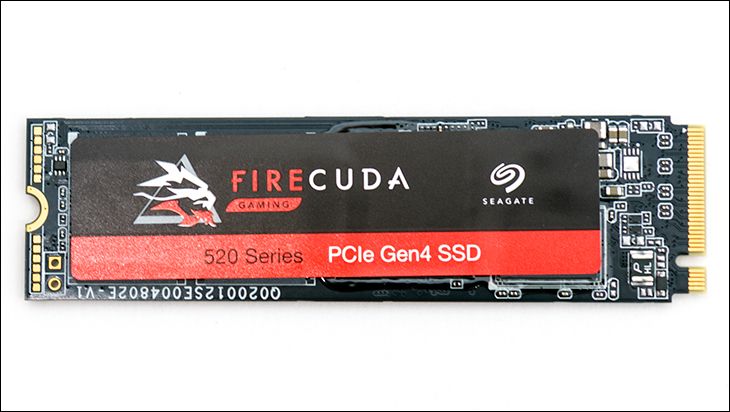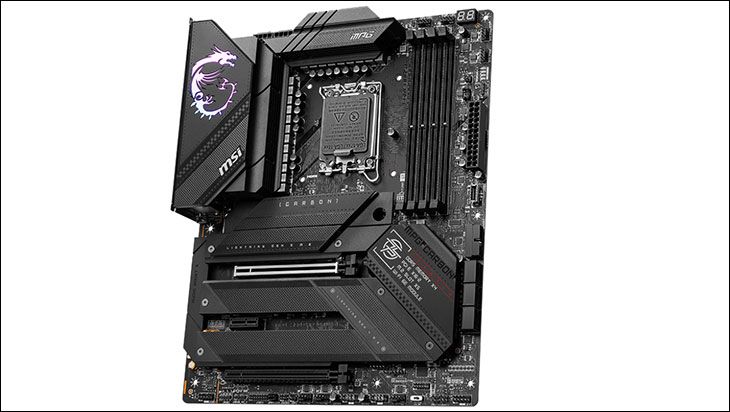IronWolf 125 Final Score: 87 out of 100
The newer Seagate FireCuda 520 1TB is indeed an excellent upgrade and refresh from the FireCuda 510 series. The newer(ish) controller not only offers noticeably better sequential performance but also improved smaller file performance. For enthusiasts on a budget, this means the FireCuda 520 1TB is not only an good choice for their ‘games’ drive / ‘D’ drive but also as their main Operating System drive. That is a level of flexibility that we have come to expect from Seagate’s NVMe models. The same is true, but even more so, for the typical mainstream buyer. For about $210, or a mere 21 cents per GB of unformatted capacity, buyers have access to one potent drive. As such the FireCuda 520 can be considered nothing less than a success in its own right and a good upgrade from the 510. A good upgrade that mixes performance with price to create a rather good value.
Make no mistake, while yes this is a PCIe 4.0 enabled storage device… this does not mean you have to use it on a PCIe 4 bus. Yes sequential, and to a lesser extent small file, performance will obviously be lower it will still be better/faster than its predecessor. It just will not be as fast as when used in the systems it was not intended for. When you mix in the fact that the NAND is not only inherently better but is going to last longer, thanks to a much gentler (aka lower voltage) p/e cycle, the FireCuda 520 is also an excellent choice for people with ‘older’ systems. Since not everyone upgrades every year, this is a very nice bonus indeed. One that does give the FireCuda 520 much more flexibility than one would think. It is really is refreshing to see a manufacture not forget their core demographic in their rush to woo newer clientele.
With all that said, we doubt many owners of the previous generation FireCuda 510 or similar performance level NVMe drives will be in a great rush to upgrade. BiCS 4 does indeed double the bandwidth but the reality is it has been paired with a mediocre controller. The Phison E16 controller really is not all the much to write home about. It is basically the ‘old’ E12 with a newer PHY tacked on to ‘take advantage’ of the wider PCIe 4 bus. Mix in only a sprinkling of low-level improvements and you really do not end up with a NVMe controller capable of harnessing the new NAND nor the wider bus. Instead the E16 is best described as a super-charged PCIe 3.0 controller. Think of it in these terms and you will not be disappointed. That is why the small file performance improvements are not as large as the sequential. Still good. Still better than the older FireCuda 510, but it is not making full use of the PCIe 4.0 potential. This is no fault of Seagate. Beyond Samsung, who are not sharing, the options are… well… rather limited to say the least. Of the paltry options available to Seagate, Seagate did the best with what they could find.
The end result of all this is it is going to be awhile before we see a FireCuda series that demands you upgrade to it, lest you miss out on mega-improvements. Simply put, “good enough is good enough” is the driving philosophy of many buyers in the mainstream marketplace and the reality is last generation PCIe 3 controllers are/were extremely refined, and a known quantity. So, if you are looking for a new NVMe SSD, especially to pair with your fancy new AMD system, the Seagate FireCuda 520 is a good choice for those craving good performance at a reasonable price right now. For those who already own the last gen 510 series or its equivalent… you may want to skip a gen before upgrading. Especially if you plan on using it on your Intel or older AMD based PC. The same is true of those patient enough to wait for the better controllers to land, for when they do we fully expect the FireCuda 520 to be EOL’ed and replaced with a much more potent model.

The Review
Seagate FireCuda 520 1TB
So, if you are looking for a new NVMe SSD, especially to pair with your fancy new AMD system, the Seagate FireCuda 520 is a good choice for those craving good performance at a reasonable price right now.











